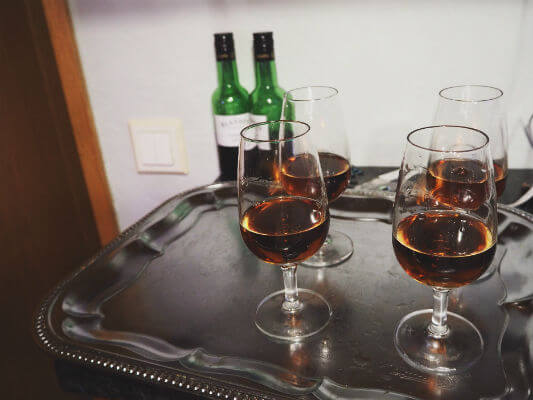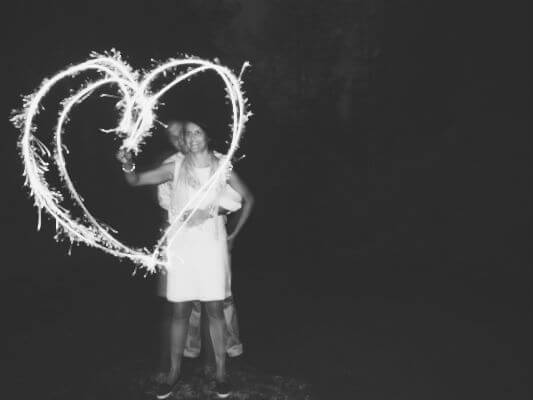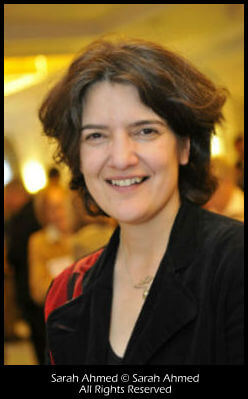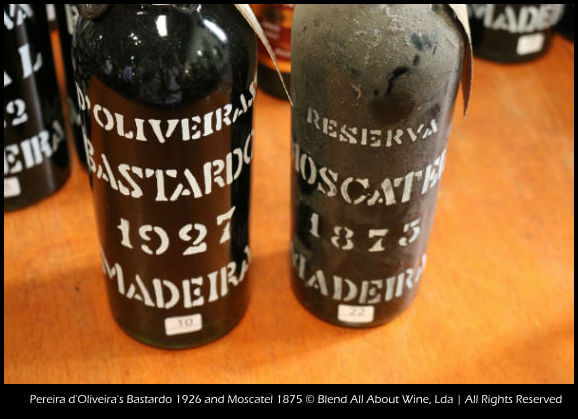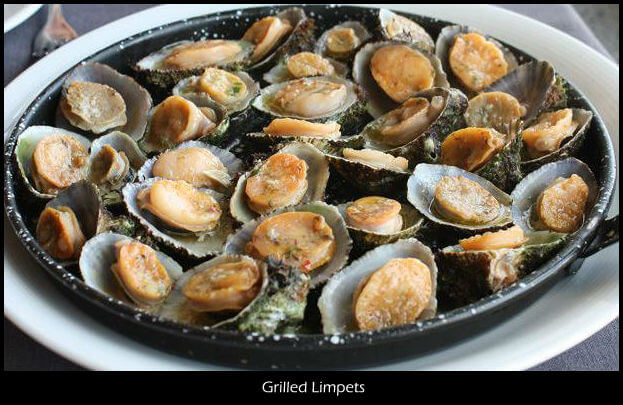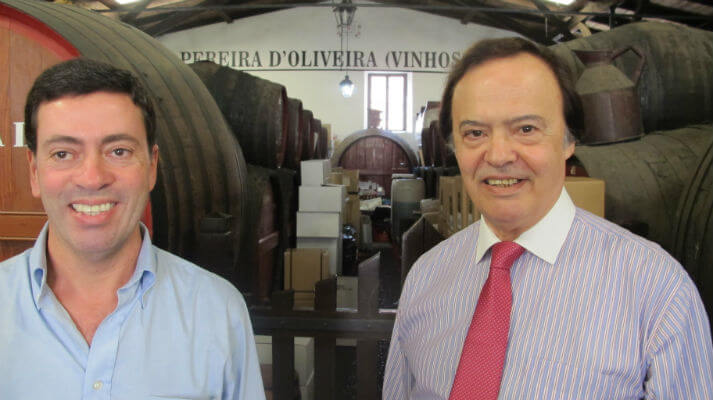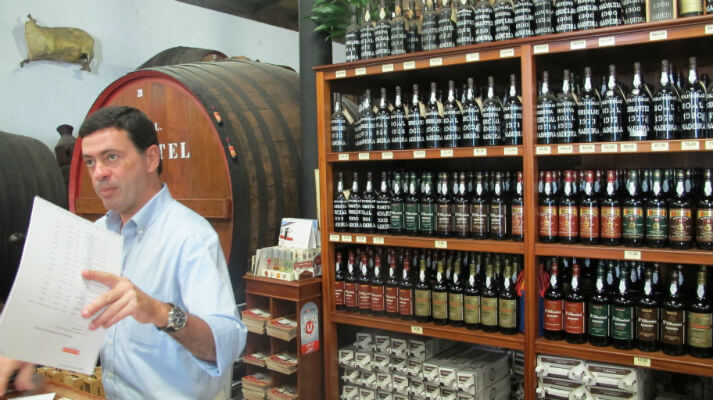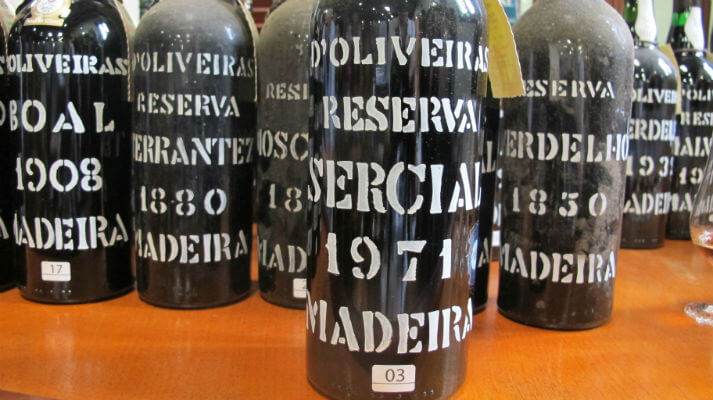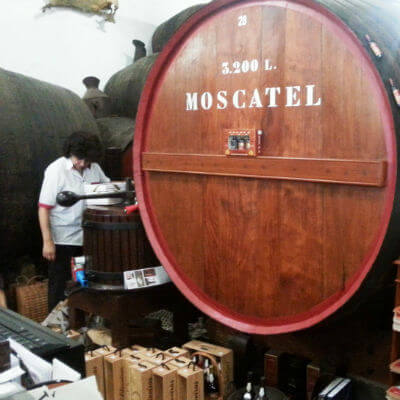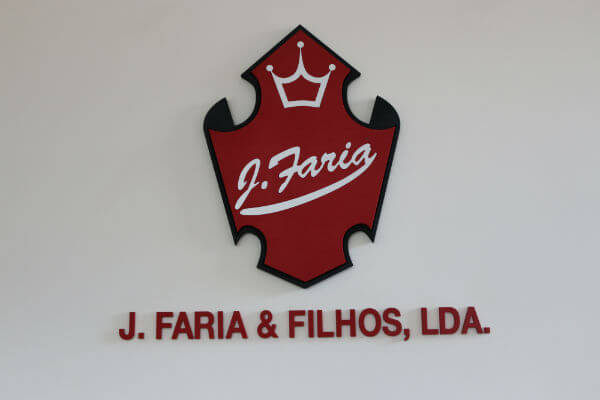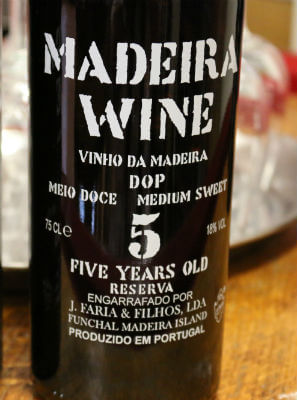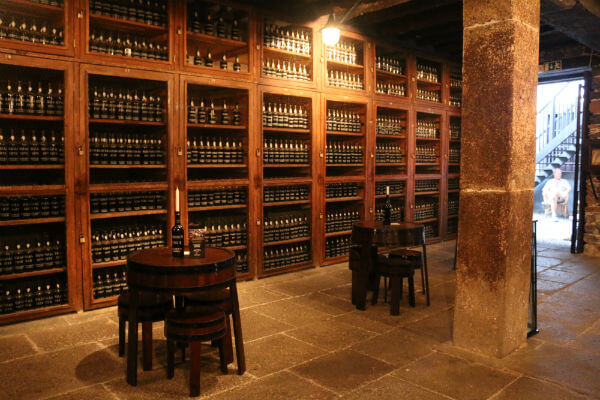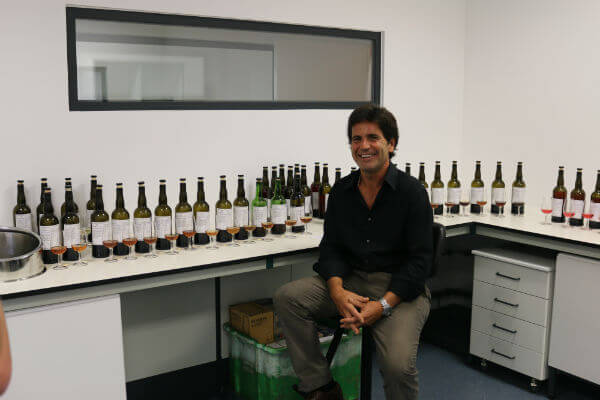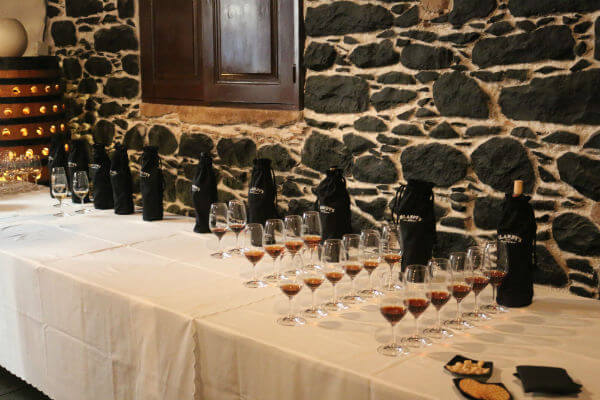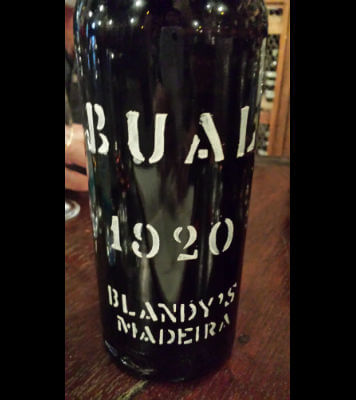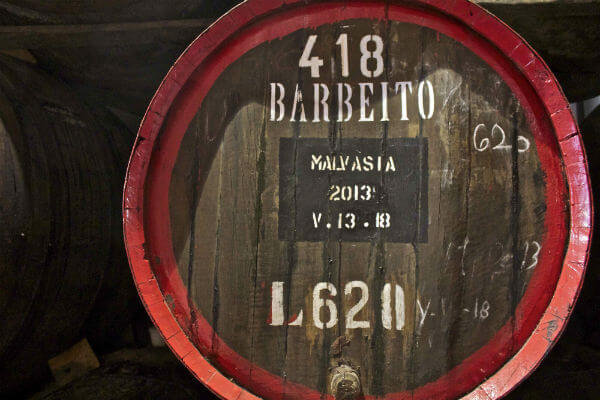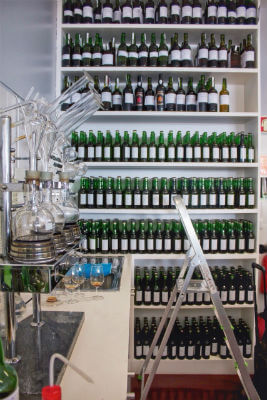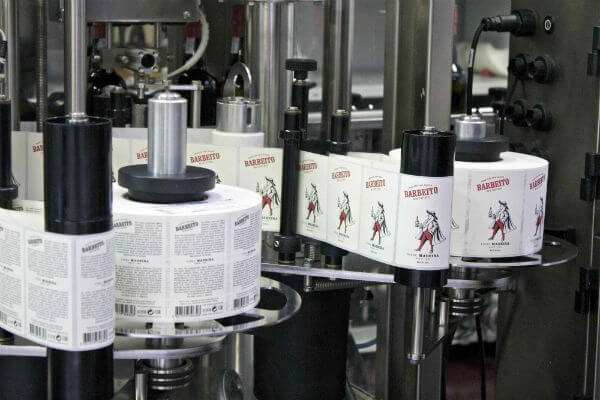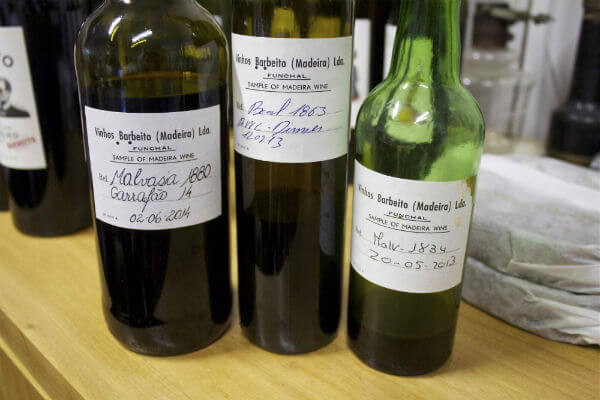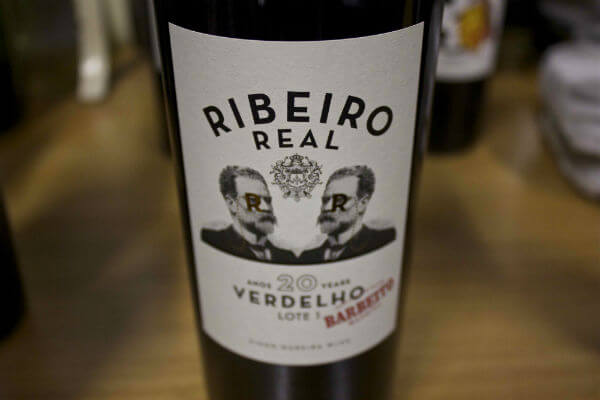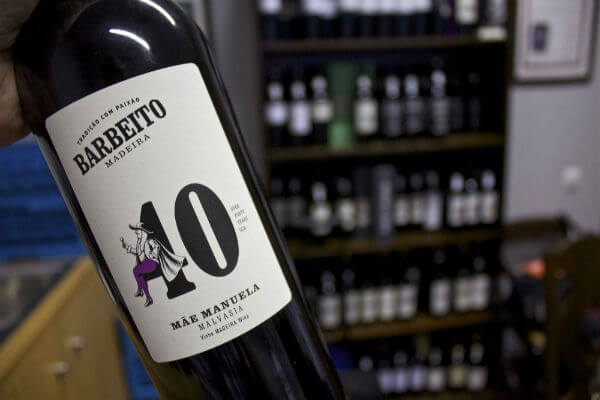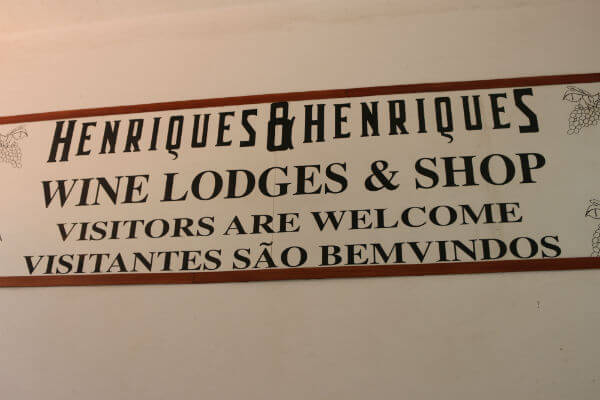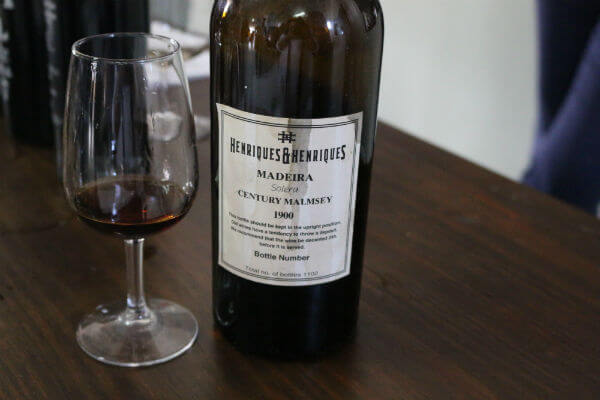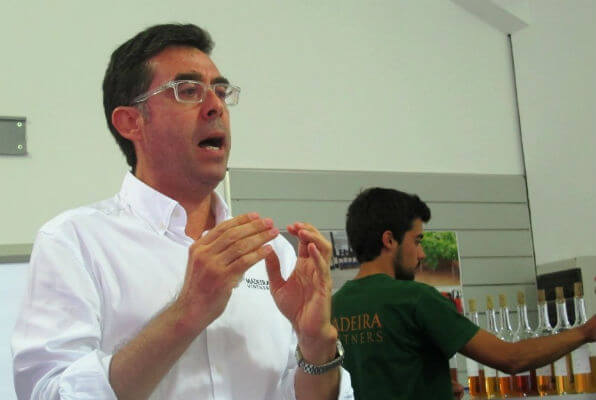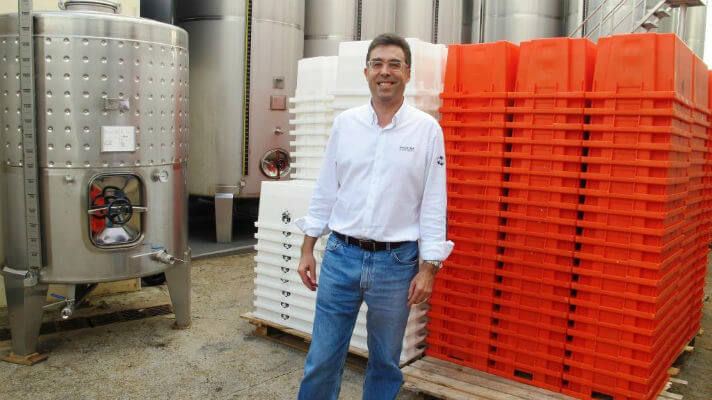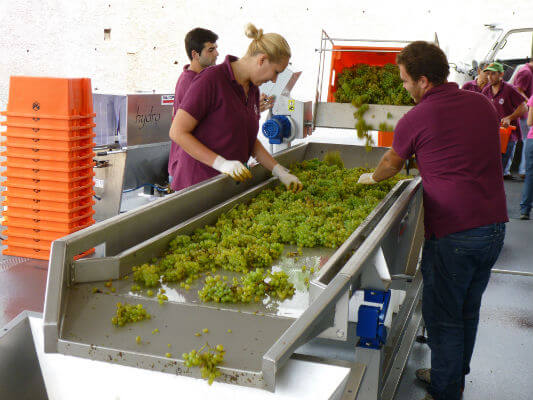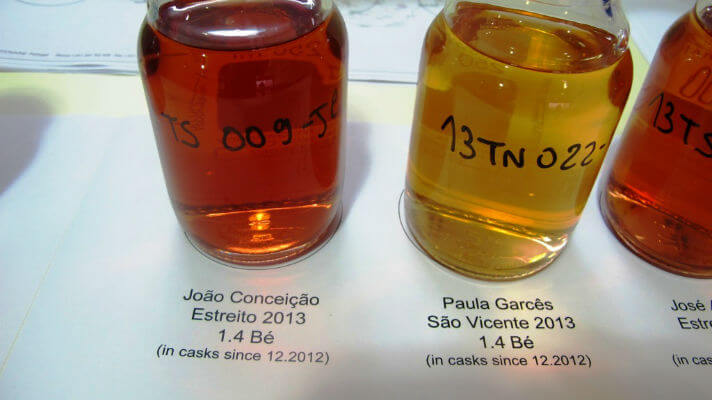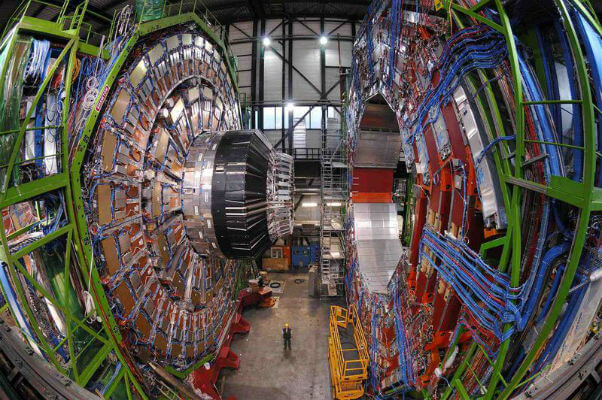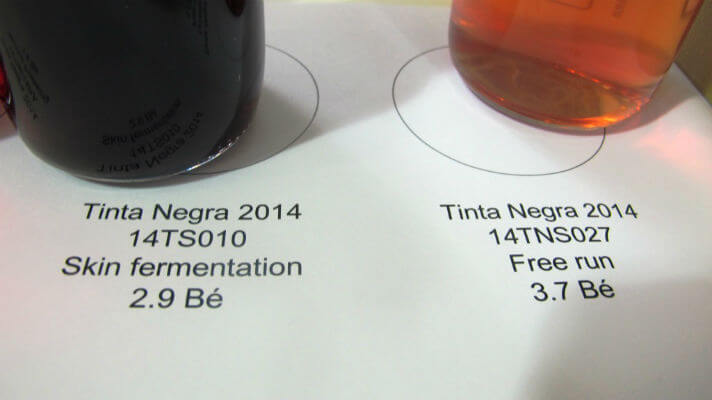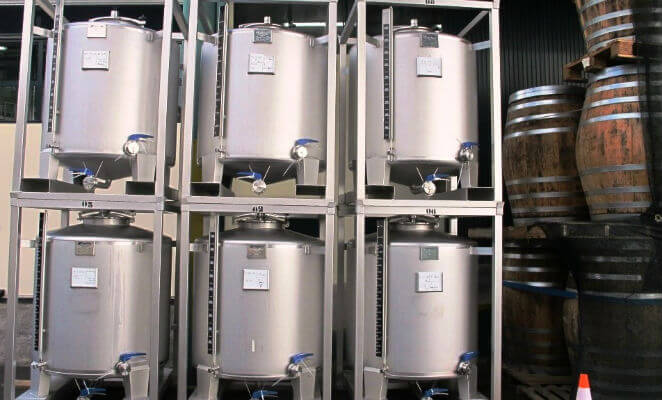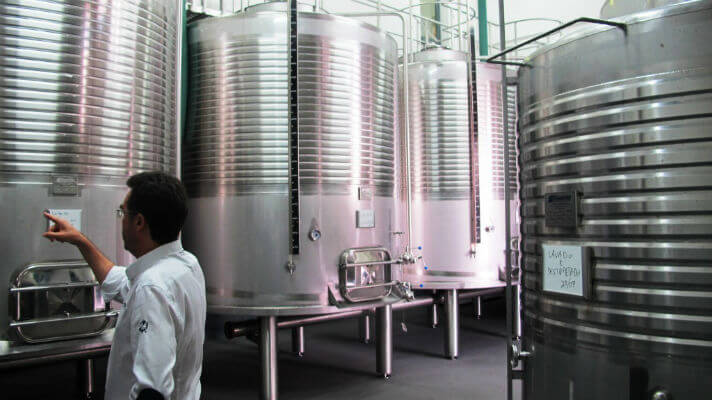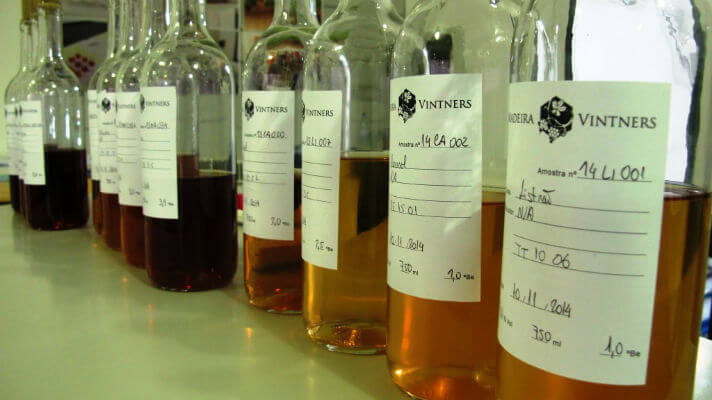News from Blandy’s
Text José Silva | Translation Jani Dunne
The launch took place in the new hotel, Porto Bay Liberdade, in downtown Lisbon, property of the Blandy family, and whose restaurant is branded by chef Benoît Synthon. The speakers were the president of the company, Chris Blandy, and the director for oenology, Francisco Albuquerque.
Given his renowned passion and knowledge, Francisco Albuquerque explained every wine presented.

The Wines – Photo by José Silva | All Rights Reserved
He said that some of the wines being launched were still in casks; they are already showing limit-levels of concentration, and thus will soon be entirely bottled.
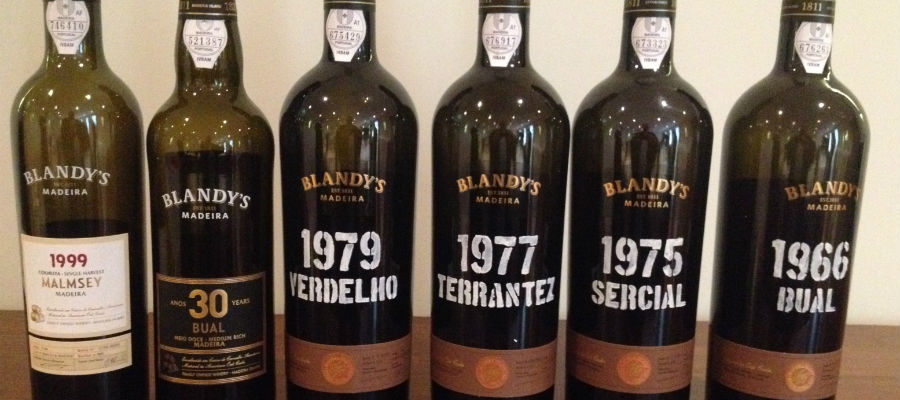
The Wines – Photo by José Silva | All Rights Reserved
We began with Malmsey 1999, of a crystal-clear dark shade of amber. Very elegant on the nose while carrying a lot of intensity, with notes of tangerine peel, some nuts, and notes of old wood and roasting. On the mouth, the sweetness deliciously contrasts with the intense acidity. In addition, notes of jam and quince add to this very concentrated wine that has yet to evolve in the cask. In perfect shape, it will be put on the market once it’s completely bottled. Interestingly, for being the sweetest, Madeira wine is always the favourite, especially in the very important English market, and that is why there is less of it in cellars.
Next was Bual 30 years, a blend of several wines between 11 and 42 years-old, averaging at 32, their shade a crystal-clear medium amber. On the nose, it’s somewhat floral, very elegant, intense and a little refreshing. On the mouth, it’s very concentrated, slightly dry, displays strong acidity that conveys a lot of freshness, notes of tangerine peel, almonds, quite a complex drink with a long and flavoursome finish. The Verdelho 1979 boasts a very crystal-clear medium-dark hue of amber. A very refreshing nose, intense, light notes of nuts and jam. On the mouth, a lot of freshness; some salinity and powerful acidity constantly cleanse the fig and cinnamon notes. It is thoroughly complex. A lasting finish allows acidity to almost stroke your tongue…
The Terrantez 1977 is a reedit of an already well-known wine, whose variety is rarer and rarer on the island. Its hue is a very dark crystal-clear amber. Not easy to describe, this intensity bonds with the extreme elegance in this exotic, complex, refreshing wine with notes of walnuts and hazelnuts. There is a big contrast between the sweetness and the acidity. The brutal acidity almost burns your tongue; very intense, dry, light notes of roasting, a lot of elegance and a never-ending finish. A wine with character for connoisseurs.
Afterwards, we tasted Cercial 1975, in a very light crystal-clear amber, soft, elegant, some nuts, and somewhat exotic. Softly elegant on the mouth, it feels sophisticated, almost chewable, with balanced yet very noticeable intense acidity, engaging, with a long and delicious finish.
We ended the tasting with an amazing Bual 1966. A very dark crystal-clear amber. Very intense on the nose, overdone, notes of roasting, spices, curry, toasted almonds. Austere on the mouth, very intense, it sends out notes of sweetness while the acidity cleanses everything, creating a complex and delicious contrast. It is simultaneously elegant and sturdy, with an incredible finish. A wine to remember…
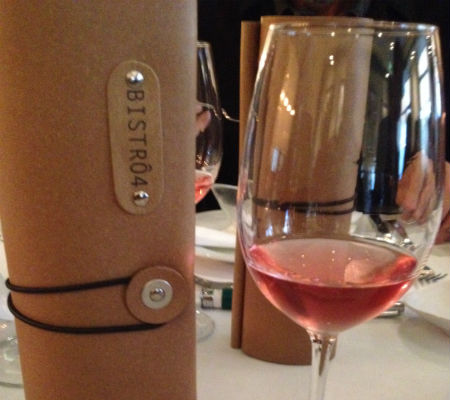
Atlantis Rosé 2015 – Photo by José Silva | All Rights Reserved
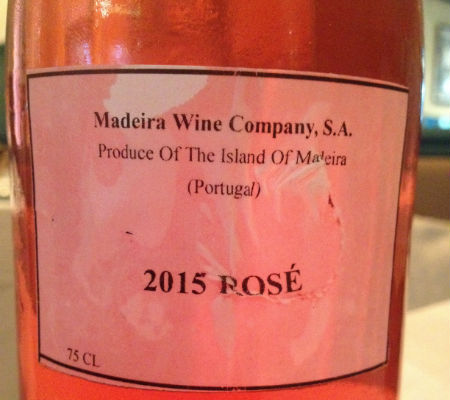
Atlantis Rosé 2015 – Photo by José Silva | All Rights Reserved
The Madeira wines by Blandy’s will be bottled into some magnum bottles (1.5l), some double magnum (3l), and three 18-litre bottles for storing purposes.
Over a very well-served lunch, we enjoyed another three new products: a table rosé, Atlantis Rosé 2015 (in a cask sample), made using the Negra Mole grape variety, which came out in an elegant salmon-pink, revealing red fruits and some jam on the nose, dry, refreshing and with excellent acidity.
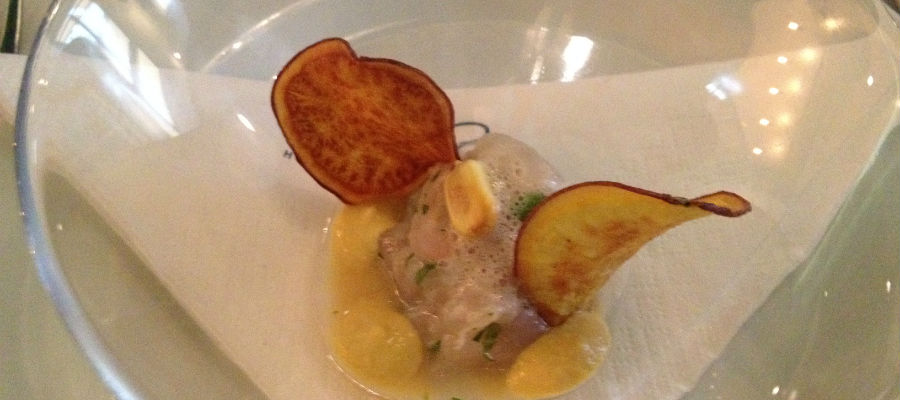
Ceviche – Photo by José Silva | All Rights Reserved
A lovely surprise that paid the ceviche great company. The lamb jarret (French for shin) with mashed potatoes and vegetables was served with Pombal do Vesúvio Red 2011.

Sweet breaded quail – Photo by José Silva | All Rights Reserved
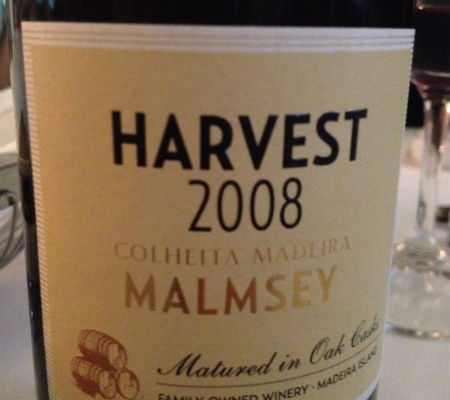
Malmsey Harvest 2008 – Photo by José Silva | All Rights Reserved
Then followed a chef’s specialty, a somewhat sweet breaded quail with Asian sauce accompanied by another new product, Malmsey Harvest 2008, a more affordable, modern wine with the same features of a great Madeira, especially with regard to acidity, the dry notes, tangerine peel, and some nuts – a beautiful wine.
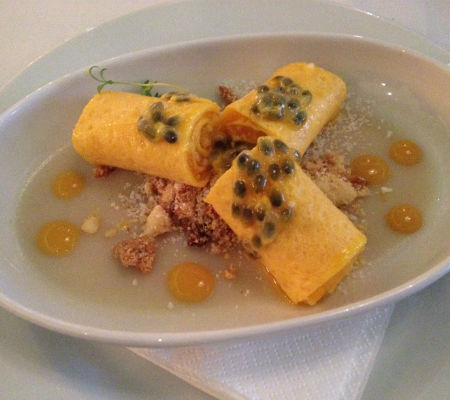
Passion fruit wraps – Photo by José Silva | All Rights Reserved
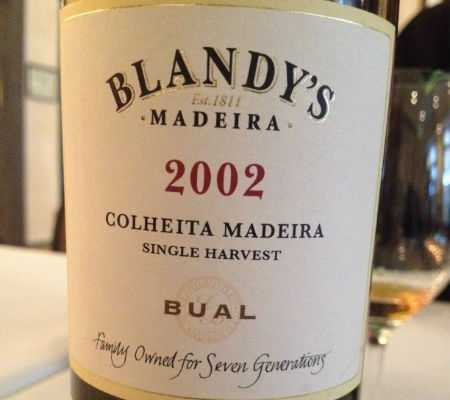
Colheita Bual 2002 – Photo by José Silva | All Rights Reserved
With dessert, very elegant and flavoursome passion fruit wraps, we drank the latest product, a Colheita Bual 2002, full of structure yet elegant, some notes of roasting, soft spices, and some freshness. On the mouth, it is intense, has freshness and, at the same time, a lot of sweetness, but with intense, fantastic, delicious, engaging acidity – a gorgeous wine.
After the meal, we took a stroll down Avenida da Liberdade, where it was starting to smell like Christmas.
Further south, Madeira Island awaits our visit…
Contacts
Tel: (+351) 291 740 110
E-mail: pubrel@madeirawinecompany.com
Website: www.blandys.com




